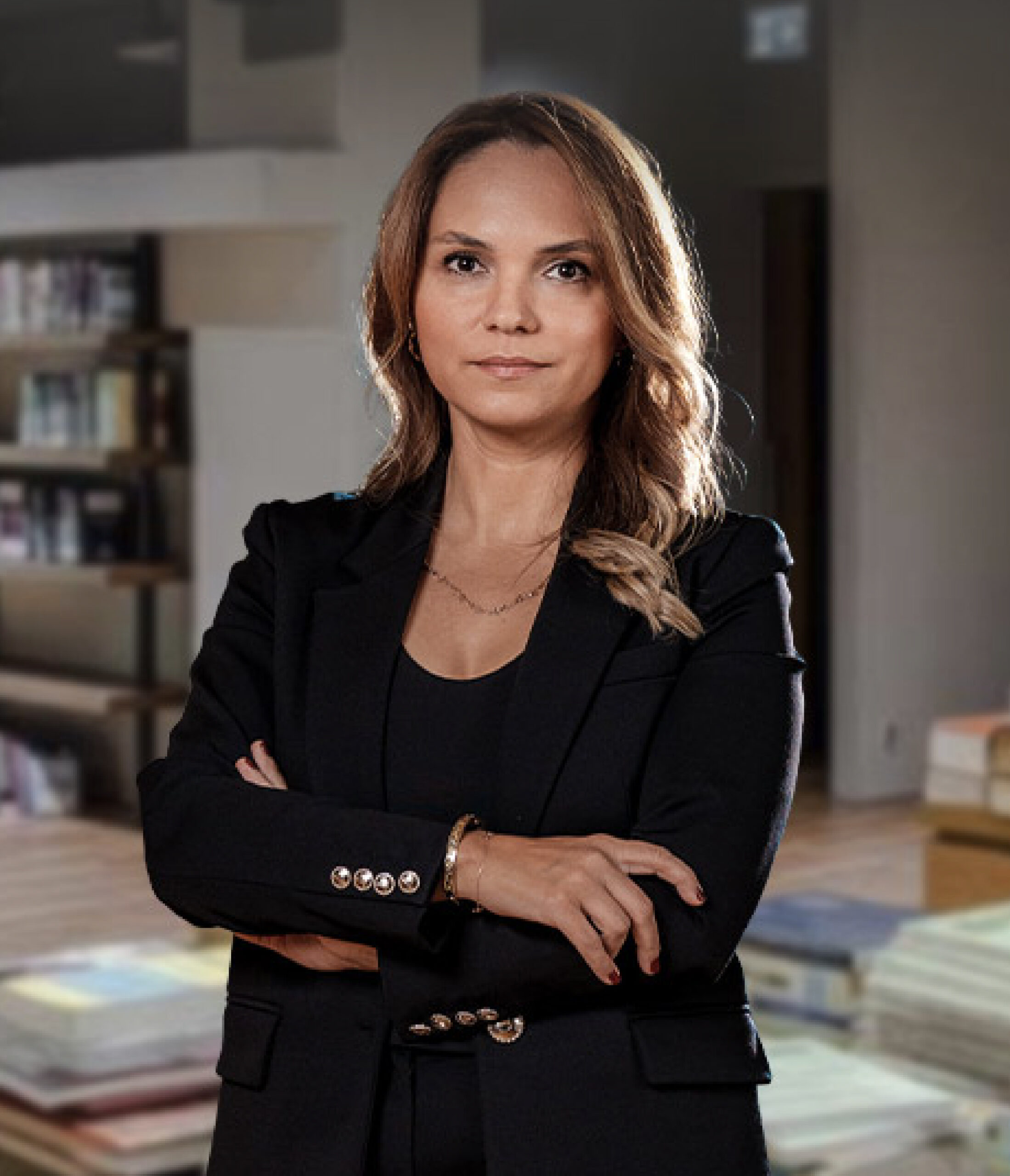Artificial intelligence (“AI”) technology and its applications across various sectors of the economy are growing exponentially. As AI advances, one of the important, practical challenges that courts, governments and regulators face is whether current intellectual property legal frameworks are equipped to address a question that is already upon us: Can an AI be granted a patent?
This issue has recently risen to the forefront as different countries have reached different results in connection with a global push by the “Artificial Inventor Project” to secure a patent for an AI system.
The AI Global Market
In a recent analysis, Fortune Business Insights highlights that the global artificial intelligence (“AI”) market size reached nearly USD 36 billion in 2020, and forecast that it would grow ten-fold by 2028.
While the COVID-19 pandemic has created a number of challenges for industries across the global economy, AI has been a beneficiary of the tumult. As the pace of technology adoption has grown, demand for AI technology has increased dramatically. From healthcare to logistics to consumer products, the integration of AI has helped businesses deliver products and services amid global lockdowns, supply chain disruptions, and worker shortages.
People speak to digital assistants in their homes. Vehicles drive autonomously. Robots pick and pack orders in warehouses. Computers help radiologists review X-Rays and MRIs, finance professionals plan and execute their trades, and scientists create new treatments. We’re still in the early stages of AI adoption, but it’s already having a big impact.
It will only be a matter of time until AI systems are creating new innovations at scale—innovations that would be worthy of a patent if created by humans—which gets to the crux of the question of whether our intellectual property legal frameworks are up to the challenge.
The Artificial Inventor Project Initiative
The Artificial Inventor Project is a group composed of international patent attorneys and run by University of Surrey Law Professor Ryan Abbott. During the last several years, the group filed patent applications in 17 jurisdictions around the world related to inventions that it asserted were “invented” by DABUS, an AI system created by Dr. Stephen Thaler. The applications are directed to a beverage container and a flashing light created by DABUS. The Artificial Inventor Project is not arguing that an AI should own a patent, just that it should be listed as an inventor.
At the heart of this issue is the availability of IP protection for the outputs of AI systems—as distinguished from the use of an AI system as a tool by a human to create something entitled to IP protection. In other words, is AI an inventing tool or an inventor?
In evaluating the DABUS inventions, different jurisdictions have reached different conclusions.
South Africa was the first country to grant the patent applications, with DABUS as the inventor and Dr. Thaler as the owner of the patents. One of the reasons for this result is that the term “inventor” is not defined in South African patent law.
Australia recently followed suit. In granting the patent applications, the Australian court concluded that the ordinary meaning of “inventor” does not exclude non-humans under Australian law.
However, most of the jurisdictions that have ruled on the patent applications have denied them. In April, 2020, the United States Patent and Trademark Office (“USPTO”) rejected the applications on the grounds that machines cannot be “inventors” under U.S. patent law. The decision was appealed and the U.S. District Court for the Eastern District of Virginia upheld the USPTO decision, ruling that an AI machine cannot be an inventor under the U.S. Patent Act. The court explained that under the Patent Act, an “inventor” is referenced as an “individual,” the ordinary dictionary and statutory meaning of which is a natural person or a human being.
The European Patent Office (“EPO”) and the UK Intellectual Property Office (“UKIPO”) reached similar conclusions, denying the two patent applications on the grounds that an AI system cannot be listed as the inventor. The EPO and the UKIPO, respectively, evaluated the applications under the European Patent Convention and the UK Patents Act, both of which, like the U.S. Patent Act, requires an inventor to be a named person.
Even though, in the light of the decisions given in different jurisdictions, it would not be wrong to assume that the Turkish courts’ decisions would also depend on the concept of human inventor under the Turkish Law.
The Industrial Property Code numbered 6769 (“IP Law”) does not provide a description for the inventor or there is no provision that spesifically refutes non-humans as an inventor. Furthermore, there is no spesific regulation or court decision in Turkey addressing AI’s personality. However, in several articles, such as Article 90/5, 93/1, 109, the IP law refers to inventors as an “individual”. Accordingly, even though a human or other legal person can be an owner of a patent, an inventor can only be a natural person.
Final Takeaways
The continued growth of AI systems and capabilities worldwide continues to impact the global economy. As AI continues to evolve and improve, it will move beyond being a tool that assists in invention, to becoming an inventor itself. This will challenge lawmakers and regulators to adapt and evolve IP legal frameworks in order to address issues of inventorship and authorship.
However, for the time being, in most global jurisdictions, including the U.S. and EU, Turkey an AI cannot be an “inventor.” Accordingly, it is advisable to continue listing individuals—that is, natural persons—not AI systems, as the inventors on patent applications.



